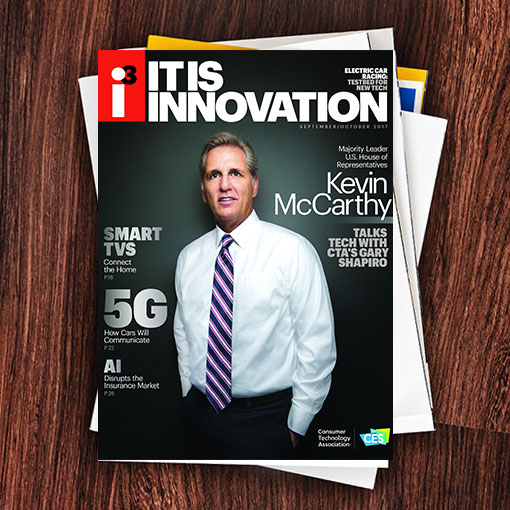3D printing has deep roots in Boston. Z Corporation, one of the leading 3D printing companies from the 90s, sold one of the earliest commercial 3D printers in Boston after developing it at the Massachusetts Institute of Technology (MIT). Later on, many of its workers dispersed, joined new companies or started their own, including Giller, who founded his own printing company after working at Z Corporation.
Since then, Boston companies have been pushing the technology’s limit to help everyone from startups to manufacturing factories. Many print using materials beyond plastic, like Desktop Metal, who recently received $115 million in investments, or Voxel8, who can 3D print electronic parts. Additionally, NVBots can mass manufacture more than 50,000 parts for their customers, while the printer itself uses cloud connectivity.
“3D printing really expanded through the city on its own, morphing and merging with other markets,” Giller says. “It’s bringing individualization and customization to the process.”
Other locations, like Nervous Systems, are taking a less business-to-business approach. Founded by two MIT grads as well, the company 3D prints everything from custom jewelry and art pieces to dresses and shoes. Boston doctors are even making 3D printed spines and brains based on MRI scans to give surgeons new ways to practice, according to The Boston Globe. And at MIT, a machine complete with solar panels, wheels and an excavator is 3D printing a huge hut-like building out of foam and concrete that researchers say they want to put on Mars.
What began as a niche product in high tech labs and factories is now more commonplace in Boston, stretching from public libraries all the way to MIT classrooms, where the school offers multiple 3D printing classes. AJ Perez, chairman and co-founder of NVRobots, co-developed the first graduate level 3D printing class for the mechanical engineering department at MIT.
“If you look around, you could find one, maybe two, of the biggest names in 3D printing that are not in Boston,” Perez says. “The rest are at MIT.”
Unlike some other 3D printing classes, MIT’s go beyond printing basics, teaching students the physics behind the technology in order to overcome its shortcomings and expand the form. And with industry leaders acting as professors, the university primes students to join one of the city’s many companies or start their own.
Perez is also working to expose kids to 3D printing before college, and developed a class to teach younger children design and engineering through printing. The next step is to go even farther, Perez says. With a larger technology budget for schools and communities, Boston could guarantee 3D printing becomes a city mainstay.

i3, the flagship magazine from the Consumer Technology Association (CTA)®, focuses on innovation in technology, policy and business as well as the entrepreneurs, industry leaders and startups that grow the consumer technology industry. Subscriptions to i3 are available free to qualified participants in the consumer electronics industry.